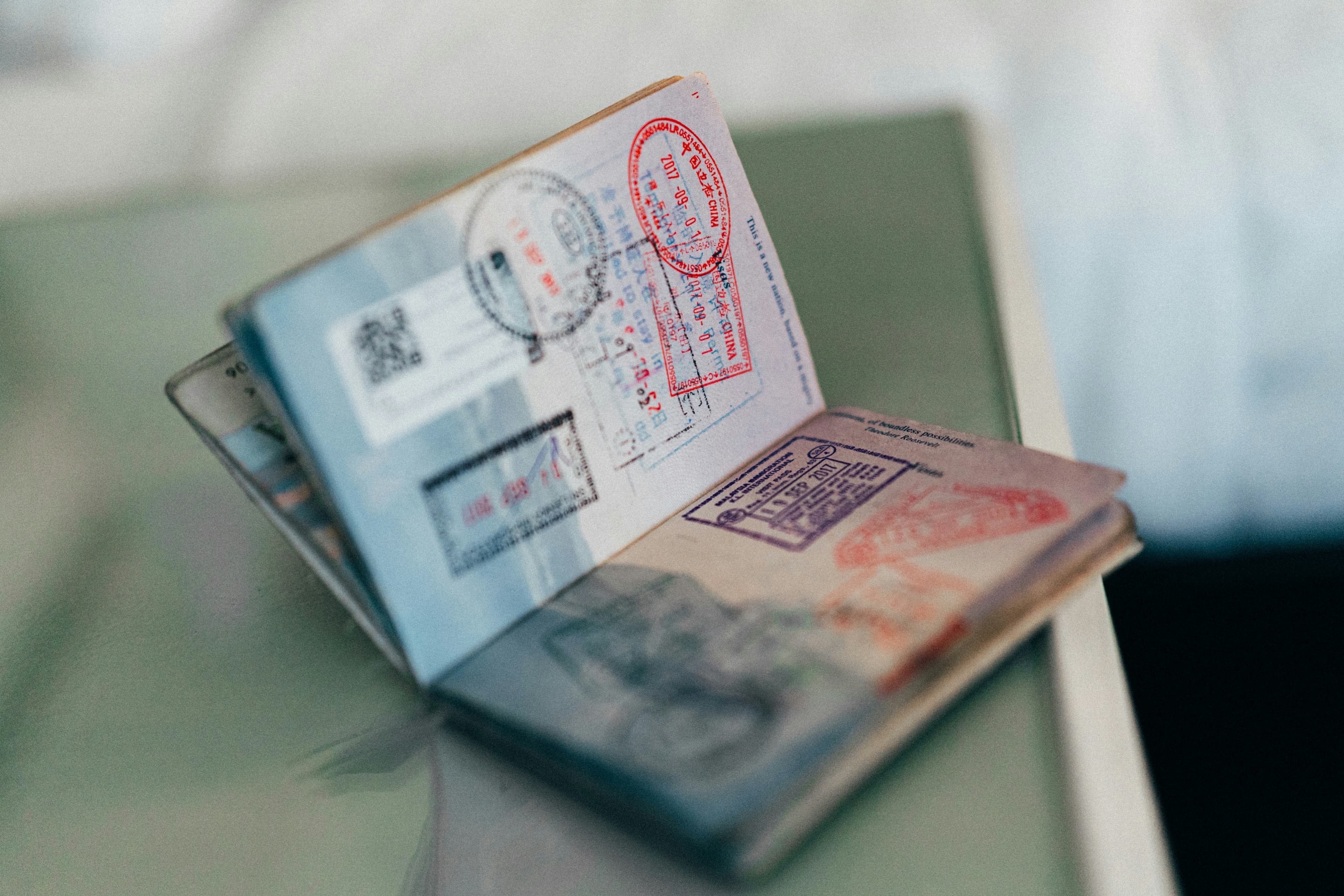Proof and Source of Funds: What should regulated property businesses be doing?
Published

Harriet Holmes
Senior AML Enablement and Product Assurance Manager

Top tips
Understand why these checks are important and be confident in explaining the reasons to others. Ensure the message goes beyond "the law says I have to." This understanding can help avoid friction and lead to a better client experience.
Be aware of the red flags or warning signs, both general ones and those specific to your business.
Ensure the process is not treated as a tick-box exercise. Understanding, reviewing, and interpreting are key. Do not save anything to a file blindly without review.
Always maintain a curious mindset, and continuously evaluate how to prepare your team for success. This may involve additional training, technology, adjustments to policies, controls, and processes, and more.
Comprehending the meaning of ‘Proof of Funds’ and ‘Source of funds’ is paramount in acknowledging their role.
Proof of funds is typically a preliminary step, used to verify that the buyer has the necessary funds. This ensures that the buyer is serious and prevents unnecessary delays, demonstrating their genuine interest in the property. This is particularly important when agreements are made to remove the listing from the market.
Understanding the source of funds pertains to identifying where the money used in a transaction comes from. When considering the source of funds, the question isn't "Does the client possess the funds?" or "Where did the money for the transaction come from?" The key is to determine "How and from where did the client acquire the money for this transaction?" While possession is significant, understanding the source and origin is paramount. Knowing the activity that generated the specific funds is vital to prevent money laundering.
How far back?
Everyone would love a definitive answer to this question. Unfortunately, the answer is unique to each client and transaction. It is dependent on many factors.
To understand how a client accumulated funds for a transaction, it may be necessary to review their financial history to build a clear picture. For some, a six-month review might be sufficient, particularly if it reveals a significant event like a large gift, inheritance, or gambling win. For others, a review of several years might be needed. The extent of this assessment varies, reflecting the risk level identified in your client and transaction risk assessment.
The due diligence we undertake should be evidenced in line with the risk grading we identify within our risk assessment (recognise that the enquiries we make around the source of funds may impact the risk grading).
To support you in considering, whether you have gone far enough, ask these questions:
Is this consistent with what I know about the client?
Do I have information that makes me suspicious that criminal property is involved?
Remember, it's not just about collecting documents and checking off a box. Source-of-funds checks are crucial for limiting opportunities for criminals to utilise dirty money.
Six Months: A Common Baseline
Many firms establish a baseline policy and process for consistency and as a starting point. For instance, you don't want the police or supervisory body questioning why you didn't conduct a source of funds check on a particular transaction. These checks provide a unique opportunity to spot red flags and warning signs.
Six months is often considered an adequate period to gain insight into someone's financial activity. It's a reasonable timeframe to initiate or prompt further questions and considerations. Criminals tend to move their money around quickly and avoid leaving cash in the bank for extended periods. This behaviour stems from the risk of their money being seized. They practise 'layering' - one of the three stages of money laundering.
If we observe money steadily accumulating in a savings account, with evidence of regular wages and consistent savings, we are less likely to suspect the money is the proceeds from crime.
However, these baselines are not set out in law or guidance. Each firm decides its approach.
It's crucial to understand that, in some cases, six months of statements will only be the initial piece of the puzzle. Additional information may be required, and both staff and customers need to be aware of this. For instance, if a bank statement displays a large unaccounted-for balance, we must investigate and ask for evidence of its origins.
Red flags
When considering the source of funds, be sure to pay attention to red flags and warnings indicating potential client diligence (the below list is not exhaustive):
Funds from High-risk third countries/geographical risks.
Connections to high-risk sectors or cash-intensive businesses.
Unaccounted income.
Gifts.
Third parties (especially those unexplained or unrelated).
Cash.
Cryptocurrency.
Gambling.
Inactive or dormant accounts.
Transfers in and out.
Comparison of income, account balance, savings, and living expenses.
Types of documentation
The type of documentation required to demonstrate the source of funds can also vary. Some examples could be;
Bank statements.
Recently filed business accounts, or dividend certificate.
Documents confirming the source, such as:
Sale of a house.
Sale of shares.
Receipt of settlement aware.
Beneficiary under an estate.
A win from gambling activities.
What's the best way to approach clients who exclusively use paperless banking?
When handling an electronic document such as a downloaded bank statement, it's important to maintain a risk-based approach. Bear in mind that its value as proof of address might be less than a traditional hard copy.
The practice of accepting mailed documents is rooted in the idea that it demonstrates the individual's access to the property where they were delivered. Does this assurance decrease when printouts of electronic statements or bills are used?
Evaluate if the value of information remains the same regardless of its format—be it electronic or postal. For instance, an overview might conceal details that would be present in a paper statement, potentially leaving you with unresolved queries. Always make sure the information provided is comprehensive enough to clearly illustrate the client's source of funds.
Technology such as open banking can assist clients who operate paperlessly. You can learn more here.
Transparency and compliance
It is essential to meticulously document each step taken during the process of identify and verifying the source of funds. This includes noting down the specific checks you performed, the questions you asked, and the answers you received. Any supporting material or documentation received should also be properly recorded and stored.
If a transaction is ever questioned by regulatory bodies or law enforcement in the future, these records will serve as evidence of your due diligence and adherence to regulations. This is why it's not simply about collecting documents and checking off boxes, but about thoroughly understanding your client's source of funds and wealth and being satisfied with the legitimacy of their source of funds and wealth.
So, always clarify why you are satisfied that the Source of Funds (SOF) or Source of Wealth (SOW) has been established – this could be a potential defence in the future.
Furthermore, keep in mind that if the transaction is consistent and you do not suspect that criminal property is involved, you do not have to go further to prove that the funds are clean.
UK bank account myth
Just because money is currently held in a client's UK bank account, it doesn't guarantee its legitimacy. We don't know what the bank knows. It's possible that the bank has already filed a suspicious activity report and received permission to transfer the funds while law enforcement gathers evidence on the fund's usage. All professional firms need to independently assess the consistency of the funds with the client's account and determine if there is information that could lead to a suspicion of money laundering.
Conclusion
In conclusion, while there are no hard-and-fast rules for how to evidence the source of funds, it is important to understand the origins of the funds being used in a transaction and to keep a detailed record of your findings. As a regulated property business, your role is vital in preventing money laundering and ensuring the integrity of the property market.
Subscribe to our newsletter
Subscribe to our monthly newsletter for recaps and recordings of our webinars, invitations for upcoming events and curated industry news. We’ll also send our guide to Digital ID Verification as a welcome gift.
Our Privacy Policy sets out how the personal data collected from you will be processed by us.


